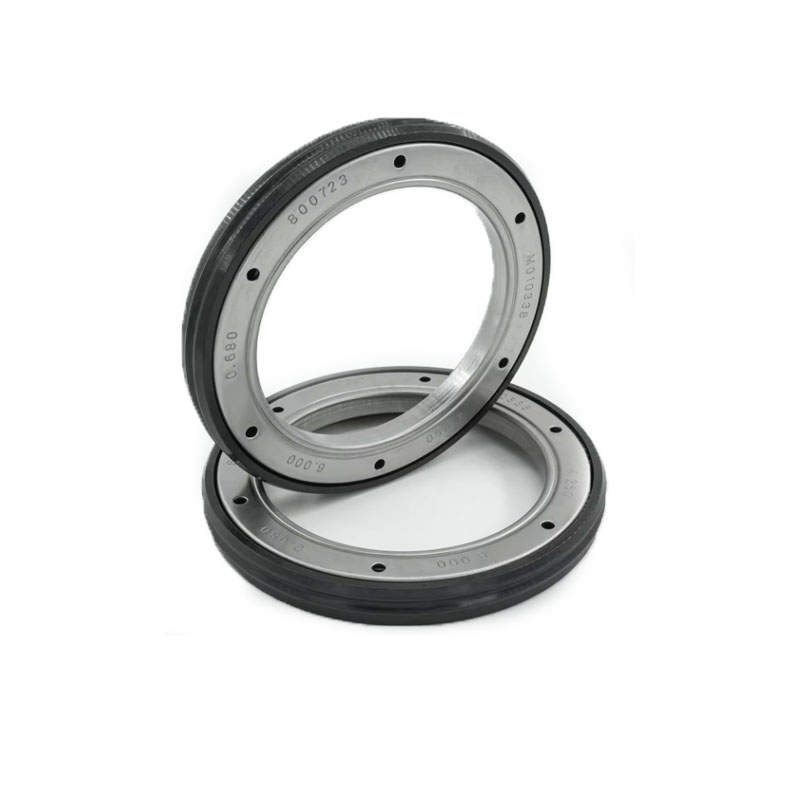Understanding the Importance of Tides Shaft Seals in Marine Engineering and Maintenance Practices
Understanding Tides Shaft Seals Importance and Functionality
In the realm of marine engineering and aquatic machinery, the integrity and functionality of components are paramount. One such crucial component is the shaft seal, specifically in marine applications like tidal turbines and watercraft. Tides shaft seals play a significant role in preventing the ingress of water, thereby protecting essential mechanical parts from damage, enhancing performance, and ensuring safety.
What are Tides Shaft Seals?
A tides shaft seal is a mechanical device that provides a barrier between the external environment (often water) and the internal components of a system, such as turbines, generators, or propeller shafts. These seals are designed to accommodate the axial and radial movements of the shaft while preventing leakage. In marine environments, where equipment is frequently exposed to harsh conditions, the effectiveness of these seals becomes critical in maintaining operational efficiency.
Importance of Tides Shaft Seals
1. Water Ingress Prevention The primary function of any shaft seal is to keep water out. In tidal energy systems, where turbines are submerged under water and subjected to varying pressure conditions, the risk of water entering the machinery is high. Effective shaft seals prevent this intrusion, safeguarding the internal components from corrosion, damage, and malfunction.
2. Maintenance Reduction Regular maintenance and repairs can be costly and time-consuming. By efficiently preventing leakage, tides shaft seals reduce the need for frequent maintenance procedures. This longevity translates into lower operational costs and contributes significantly to the overall efficiency of marine operations.
3. Performance Optimization A well-functioning shaft seal contributes to the overall efficiency of the machinery. By preventing water ingress, it ensures that the system operates under optimal conditions. This is especially crucial in energy generation, where even minimal reductions in operational efficiency can lead to substantial losses in energy production.
tides shaft seal

4. Environmental Protection In marine environments, protecting the ecosystem is vital. Tides shaft seals help prevent oil and other lubricants from leaking into the water, which could have harmful effects on aquatic life. By ensuring that only clean water interacts with the turbine or propulsion systems, these seals help maintain environmental standards.
Challenges in Design and Implementation
While the importance of tides shaft seals is clear, their design and implementation can present challenges. Marine conditions—such as high pressures, varying temperatures, and the presence of saltwater—require materials and designs that can withstand such extremes. Engineers must consider factors like the compatibility of seal materials with lubricants and the potential for wear over time. Additionally, the dynamic nature of tidal forces means that seals must accommodate movement without losing their effectiveness.
Innovations in Shaft Seal Technology
Recent advancements in materials science have led to the development of more resilient shaft seals. Engineers are now exploring various synthetic materials and innovative designs to improve the longevity and effectiveness of these seals. Technologies such as self-lubricating materials and composite seals are being researched to enhance performance further and reduce failure rates.
Conclusion
In summary, tides shaft seals are vital components in maritime machinery, playing a crucial role in safeguarding equipment from water ingress and enhancing operational efficiency. As technology advances, the design and functionality of these seals continue to evolve, ensuring that marine operations can meet the demands of both performance and environmental responsibility. In an industry where reliability and sustainability are paramount, tides shaft seals remain at the forefront of engineering solutions.
-
The Ultimate Guide to Boat Propeller Bearings and Trailer Wheel Bearings
News Jul.31,2025
-
The Essential Guide to Marine Bearings and Boat Trailer Wheel Bearings
News Jul.31,2025
-
The Complete Guide to Heavy Duty Seals: Protecting Doors and Spaces Efficiently
News Jul.31,2025
-
Essential Guide to Marine Shaft Bearings and Boat Trailer Axle Bearings
News Jul.31,2025
-
Comprehensive Guide to Marine and Trailer Bearings for Safe Boating and Transport
News Jul.31,2025
-
Comprehensive Guide to Automotive Oil Seals: Protecting Your Engine and Shafts
News Jul.31,2025
-
Understanding Automotive Oil Seals: Essential Components for Engine and Shaft Protection
News Jul.30,2025
Products categories















